- New
- Doubt

5
·
Excellent

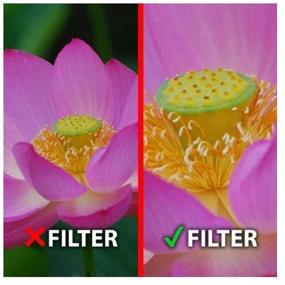

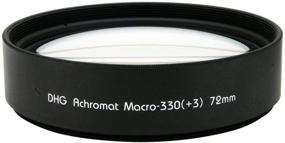

Canon EF 40mm f/2.8 STM Lens - Fixed Black (6310B002) for US Cameras

76 Review
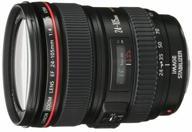
Canon EOS SLR Camera Lens EF 24-105mm f/4 L IS USM

124 Review
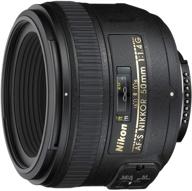
📷 Nikon AF-S NIKKOR 50mm f/1.4G Lens with Auto Focus: Perfect for Nikon DSLR Cameras

76 Review
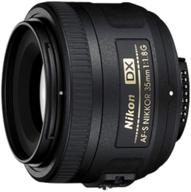
Nikon 35mm f/1.8G Auto Focus Lens for Nikon DSLR Cameras - Black (Model 2183)

125 Review